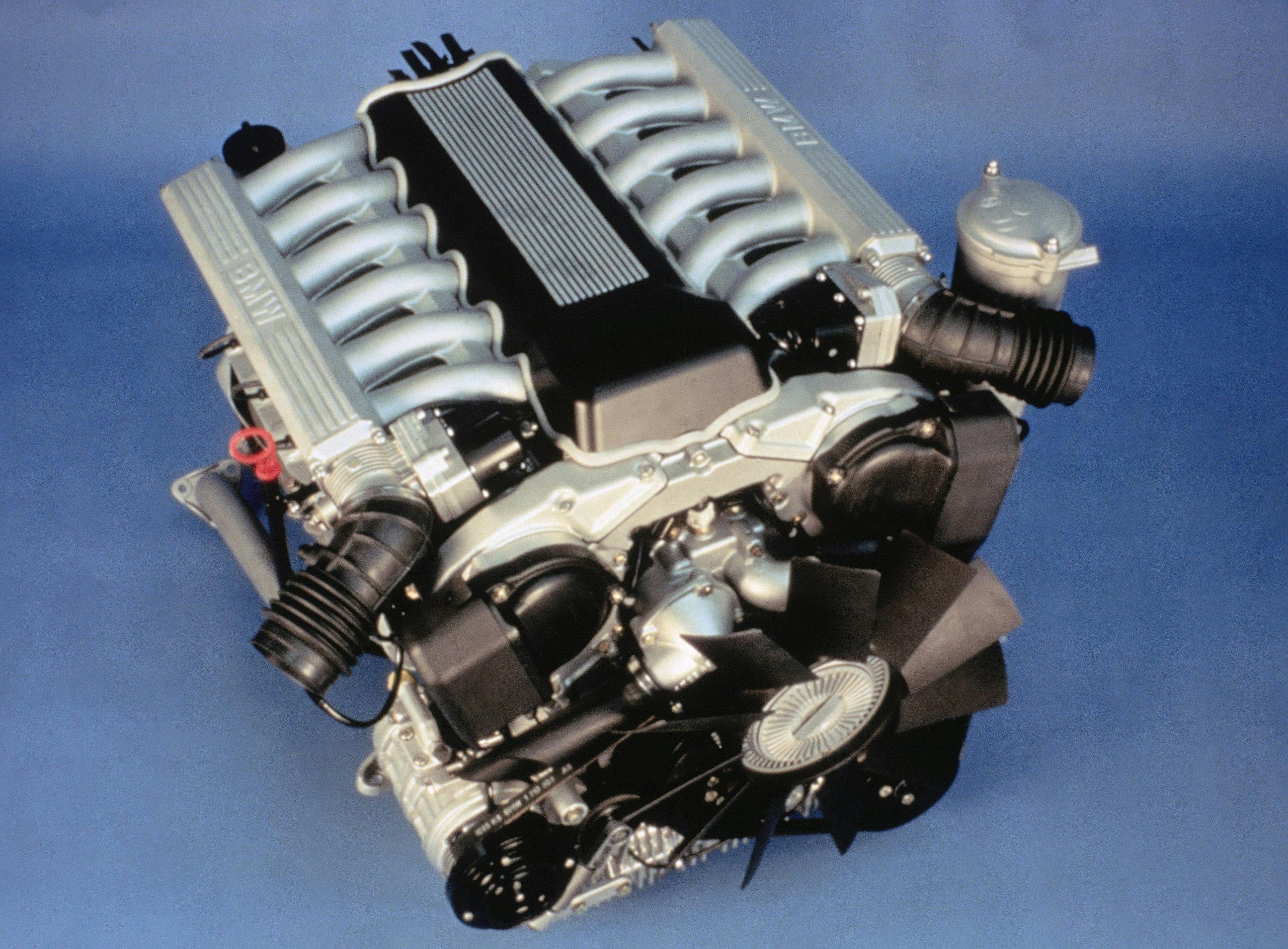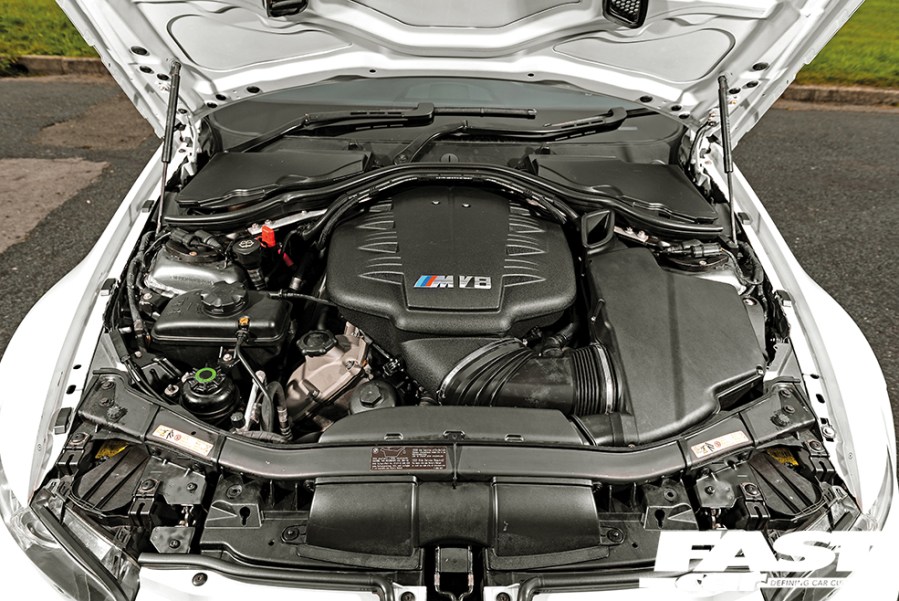The Duty of BMW Engine Layout in Getting Exceptional Fuel Performance
The Duty of BMW Engine Layout in Getting Exceptional Fuel Performance
Blog Article
Discovering the Advancement of Burning Engines in Modern Transport Equipments
As we navigate the landscape of contemporary transport, the development of combustion engines stands as a testimony to human resourcefulness and engineering expertise. The interplay of history, modern technology, and ecological issues in forming the trajectory of burning engines creates a story that is both informative and compelling.
Early Beginnings of Combustion Engines
Just how did the concept of burning engines very first arise in the beginning of transport advancement? When the principles of internal burning were first checked out, the roots of combustion engines can be mapped back to the 17th century. In 1673, Christian Huygens conceptualized a standard internal burning engine that used gunpowder to create power. However, it had not been until the late 19th century that sensible applications of combustion engines in transport started to emerge.
The breakthrough moment included the innovation of the very first effective gasoline-powered engine by Karl Benz in 1885 - bmw engine. This engine led the way for the advancement of the modern-day automobile, reinventing transport systems worldwide. Succeeding developments by Nikolaus Otto and Gottlieb Daimler additionally refined combustion engine modern technology, resulting in the mass manufacturing of autos and the rapid expansion of the transportation market
These very early burning engines were identified by their simpleness and performance, laying the structure for the facility and effective engines utilized in contemporary transportation systems. The development of combustion engines has contributed in shaping the way we take a trip and transport items, noting a substantial turning point in the background of transport growth.
Change to Internal Combustion Technology
The change to interior combustion technology noted an essential change in the advancement of transport systems. This shift started in the late 19th century, with developers like Nikolaus Otto and Gottlieb Daimler establishing the first effective interior combustion engines. These engines revolutionized transport by offering an extra effective and powerful alternative to vapor engines and electric motors.
Among the essential advantages of interior burning engines was their capacity to be scaled down to fit right into cars, resulting in the development of automobiles and bikes. This change from large, fixed engines to small, mobile ones led the way for the modern transport systems we see today.
The change to interior burning innovation additionally spurred advancements in fuel modern technology, causing the development of gas and diesel as key fuel resources for vehicles. This shift not just made transportation more obtainable to the masses but additionally laid the foundation for the oil and gas industry to end up being integral to worldwide economies.
Effect of Combustion Engines on Transport
The adoption of combustion engines in transport systems militarized a profound change in the performance and speed of worldwide flexibility. Combustion engines transformed transport by giving a functional and trustworthy resource of power for various lorries, including automobiles, vehicles, ships, and airplanes. This development dramatically improved the capacity right here for goods and people to move over fars away in shorter time frameworks, causing increased connection between regions and countries.
Moreover, the prevalent usage of burning engines has had a significant impact on economic growth. The capability to deliver products effectively has spurred trade and business, permitting organizations to broaden their markets and reach consumers worldwide. This has facilitated financial development and globalization, as products can now be transferred faster and in bigger amounts than ever.
However, the environmental influence of burning engines can not be neglected. The combustion of fossil gas has actually resulted in air pollution and greenhouse gas exhausts, adding to climate modification and presenting health risks to populaces. bmw engine. Because of this, there is a growing focus on developing different propulsion modern technologies to reduce these negative results and develop a much more sustainable future for transport
Advancements in Combustion Engine Layout
One notable advancement is the advancement of turbocharged engines, which use exhaust gases to drive a generator that compresses incoming air, permitting for even more gas to be burnt, resulting in boosted power outcome without a considerable rise in engine dimension. Variable valve timing systems have actually likewise changed engine layout by maximizing air flow at various engine speeds, enhancing both power and effectiveness. These advancements jointly add to the continuous renovation of burning engines in contemporary transportation systems.
Future Fads in Combustion Engine Growth
With innovation advancements driving continuous development, the future of combustion engine advancement is positioned to transform transport systems around the world. Among the essential patterns in burning engine advancement is the push towards greater effectiveness and lowered discharges. Manufacturers are spending heavily in research and advancement to improve engine efficiency while satisfying stringent ecological policies. This consists of the combination of sophisticated fuel shot systems, boosted turbocharging approaches, and the usage of lightweight products to optimize gas consumption and decrease carbon discharges.
One more famous trend is the adoption of crossbreed technologies in burning engines. Hybrid engines integrate traditional combustion innovation with electric power, offering improved gas efficiency and reduced exhausts. As the auto industry changes in the direction of electrification, crossbreed combustion engines are seen as a transitional service that links the void between conventional vehicles go to this website and totally electric ones.
Moreover, the assimilation of wise modern technologies, such as fabricated intelligence and data analytics, is expected to play a substantial duty in the future of burning engine development. These modern technologies can maximize engine performance in real-time, bring about more effective burning procedures and boosted total car performance. Welcoming these future patterns will certainly not just drive technology in combustion engine advancement however likewise contribute to a much more eco friendly and sustainable transport environment.

Final Thought
In verdict, the advancement of combustion engines in modern transport systems has been marked by significant developments in modern technology and layout. From the very early beginnings of combustion engines to the shift to internal combustion innovation, these engines have actually had a profound influence on transportation. Technologies in burning engine design remain to drive development in this area, with future trends concentrating on additional enhancing efficiency and minimizing emissions. The future of combustion engines in transportation looks encouraging as r & d efforts continue to push limits.
The roots of combustion engines can be traced back to the 17th century when the principles of interior burning were very first discovered. These engines revolutionized transportation by supplying a much more reliable and powerful option to heavy steam engines and electric motors.

Report this page